Your 7 Powerful CHAKRAS Explained – Best Way To Balance Them – Christina Lopes

Understanding Your 7 Chakras: A Guide to Balancing Your Energy Centers Unlocking the Power of Chakras for a Balanced Life The world of chakras is a fascinating and crucial aspect of our non-physical self. These energy centers influence our physical, emotional, and spiritual well-being. This article delves into the intricacies of the seven main chakras […]
Christina Lopes, DPT, MPH Channel

Christina Lopes, DPT, MPH Channel: A Comprehensive Guide to Holistic Healing Exploring the Wisdom of Renowned Authors and Their Transformative Books Christina Lopes, DPT, MPH, is a widely recognized holistic healer whose YouTube channel delves into the realms of spirituality, personal development, and holistic health. Her videos often feature insights from leading authors and thought […]
Liberate Your Mind from Anxiety, Stress, and Depression – Todd Perelmuter
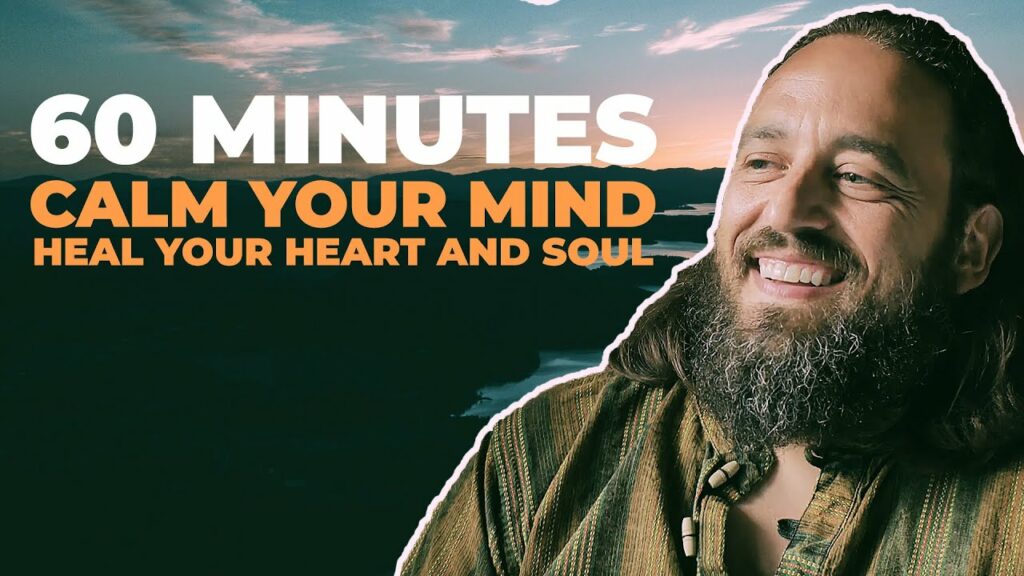
60 Positive Minutes to Freedom Simple Practices to Cultivate Gratitude, Mindfulness, and Self-Love for Mental Well-Being Introduction In today’s fast-paced world, anxiety, stress, and depression have become common issues that many people struggle to manage. In the quest for mental freedom, practicing gratitude and mindfulness can be transformative. This article will explore practical steps to […]
There are NO Justified Resentments – Wayne Dyer
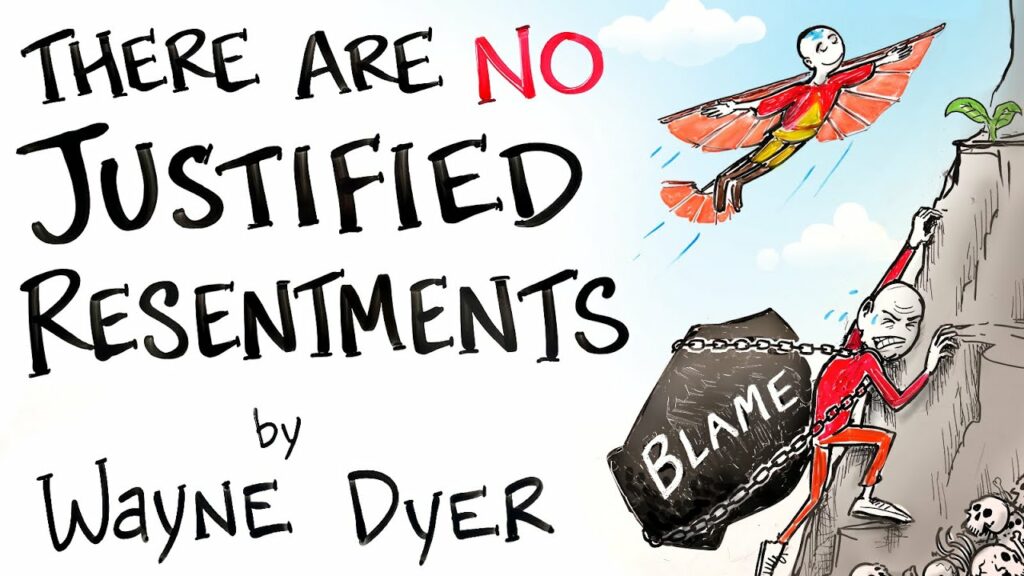
Understanding Resentment and Its Impact An After Skool Cartoon Special! In his thought-provoking talk, Wayne Dyer, a renowned self-help author and motivational speaker, emphasizes that “there are no justified resentments.” This concept is crucial for anyone looking to lead a fulfilling life free from the burdens of anger and blame. Dyer’s insights, particularly popular among […]
A Course In Miracles – Master Teacher Carol Howe
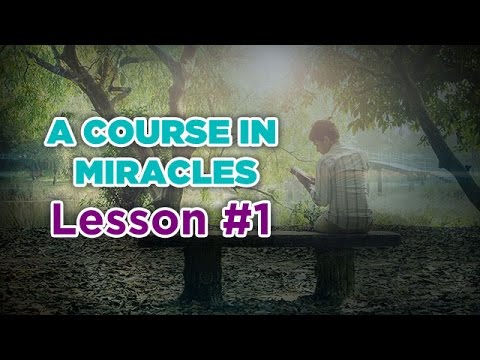
365 Days of Spiritual Awakening: Journey Through ‘A Course In Miracles’ with Carol Howe Practical Insights and Transformative Practices for Inner Peace and Spiritual Growth Introduction Delving into “A Course In Miracles” with Carol Howe is an enriching and transformative experience that spans 365 video lessons. Authored by Dr. Helen Schucman, this spiritual masterpiece is […]
Path to Peace Podcast with Todd Perelmuter
Path to Peace Podcast – Embracing Authenticity and Self-Acceptance Welcome to the Path to Peace Podcast, where we explore the journey towards inner peace, self-acceptance, and authentic living. I’m your host, Todd Perlmutter, and I’m here to guide you through transformative insights and practices that help us navigate life’s challenges with grace and confidence. In-Depth […]
Returning to Oneness – The Most Eye Opening Spiritual Documentary Film on Non-duality
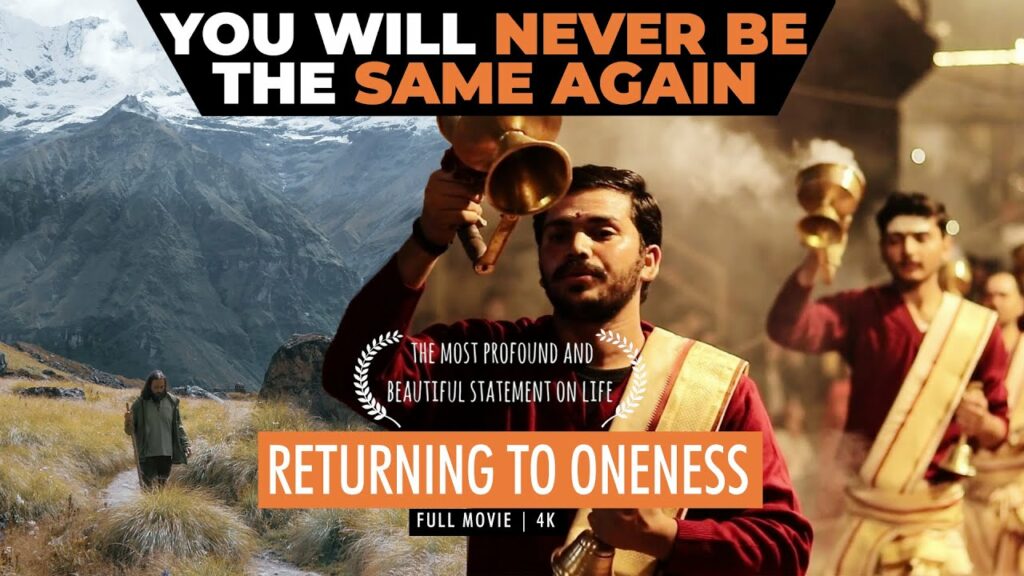
Returning to Oneness: Exploring Non-duality and Spiritual Connection Understanding the Vastness of the Universe The documentary “Returning to Oneness,” featuring Todd Perelmuter, delves into the profound concepts of non-duality, the illusion of separateness, and the interconnectedness of all beings. Through personal anecdotes and spiritual insights, the film encourages viewers to explore a deeper understanding of […]
22 spiritual habits to change your life forever – Todd Perelmuter
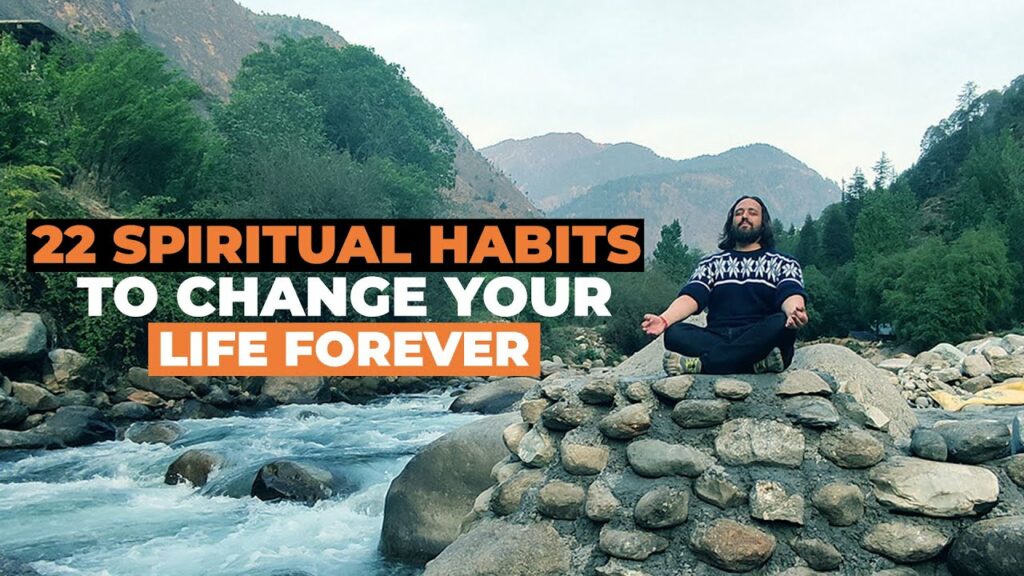
66 Minutes to CHANGE the REST OF YOUR LIFE By Todd Perelmuter Transforming your life doesn’t have to be a distant dream. In just 66 minutes, you can adopt new habits that will profoundly change your outlook, well-being, and overall happiness. Todd Perelmuter, a renowned author and spiritual coach, shares 22 spiritual habits that promise […]
Carl Jung – The Power of Knowing Your Dark Side (Written by Eternalised)
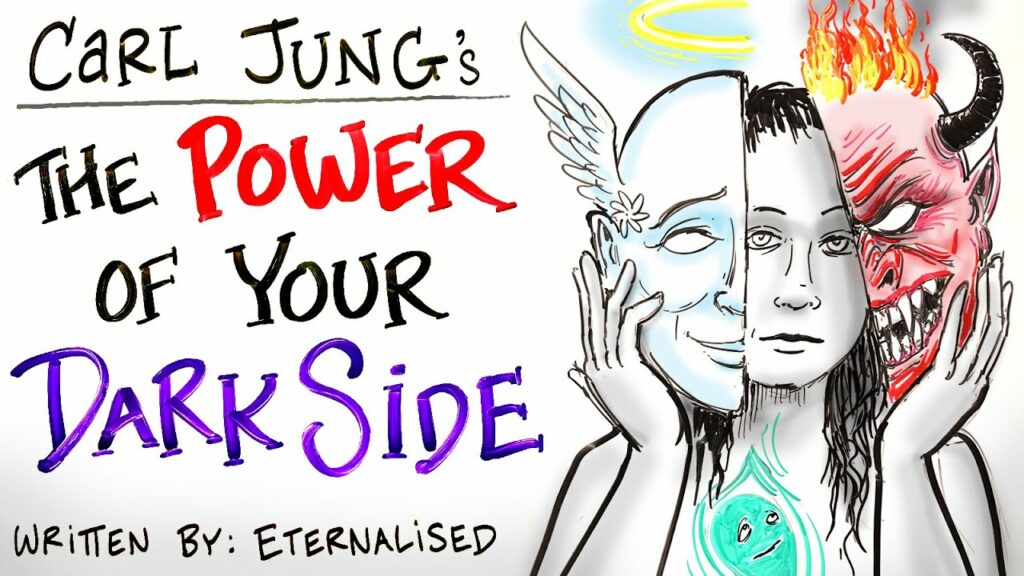
Carl Jung – The Power of Knowing Your Dark Side Understanding and Integrating Our Shadow for Self-Realization and Wholeness Introduction In this enlightening presentation, Eternalised delves into the profound insights of Swiss psychiatrist and psychologist Carl Gustav Jung, the founder of analytical psychology. Jung revolutionized the field with his in-depth exploration of the unconscious mind, […]
Shadow Work: 50+ Video Collection!

Understanding Shadow Work: Embracing Your Inner Darkness Introduction to Shadow Work Shadow work is a transformative practice that involves delving into the unconscious aspects of oneself, often referred to as the “shadow.” This concept, introduced by the renowned psychologist Carl Jung, refers to the parts of ourselves that we repress or deny. Engaging in shadow […]
VISUALIZATION HACK MANIFESTS IN 30 DAYS – Neville Goddard – Reborn With Michael
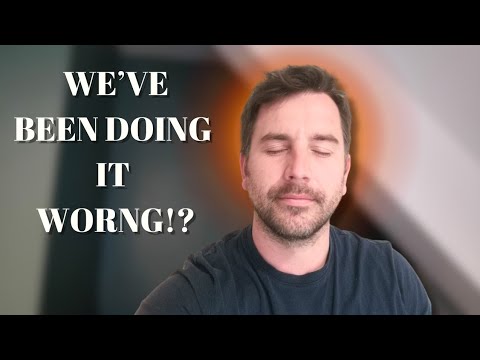
Mastering the Art of Visualization: Transform Your Life in 30 Days Simplified Techniques from Neville Goddard and Michael Watson Introduction to Visualization Hello there, and welcome back to Reborn with Michael Watson. Today, we are diving deep into the art of visualization, a powerful tool that can change your life in just 30 days. While […]
How to Turn Off a Song In Your Head
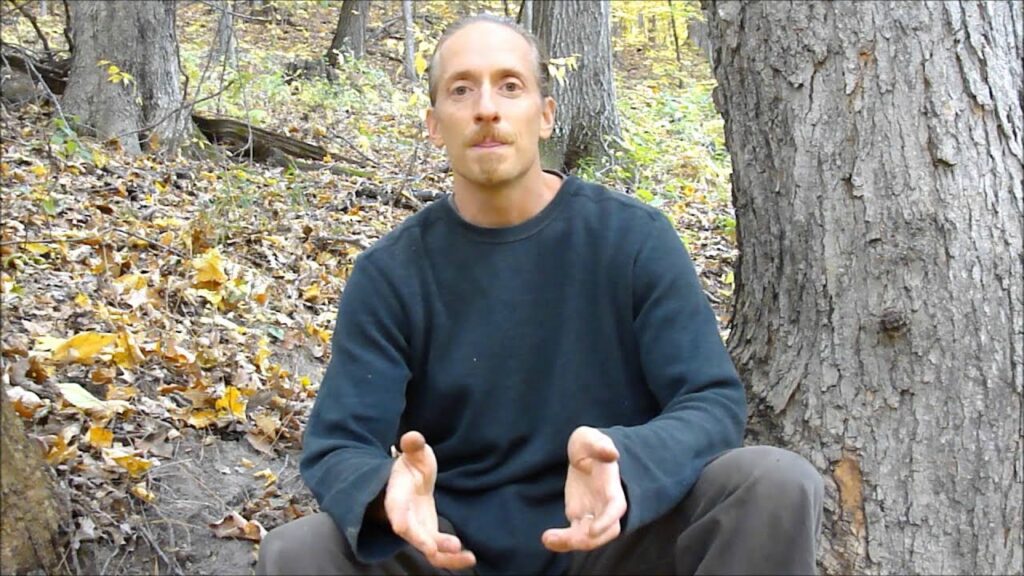
How to Turn Off a Song In Your Head: A Mindfulness Approach By Nathan – Expert in Rewilding and Bushcraft Have you ever had a song stuck in your head while trying to enjoy nature? Nathan, an expert in rewilding and bushcraft, addresses this common issue. This article delves into his unique method to free […]
Gregg Braden – A Complete Guide to Harmonizing Your Mind, Body, and Spirit
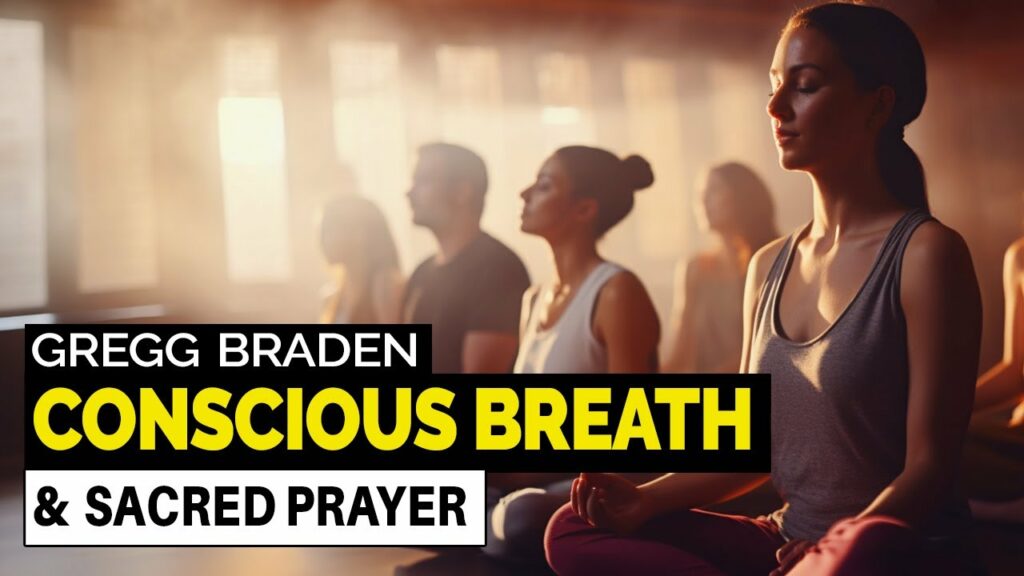
A Complete Guide to Harmonizing Your Mind, Body, and Spirit by Gregg Braden Integrating Scientific Discoveries and Ancient Wisdom for Optimal Health For over 30 years, Gregg Braden has been at the forefront of merging science and spirituality, presenting new discoveries through his unique perspective as a scientist. His work aims to bridge the gap […]
How I Made My 1st Quantum Jump at Joe Dispenza’s Meditation Retreat

My First Quantum Jump: A Journey of Self-Discovery at Joe Dispenza’s Retreat Talia’s Transformative Experience in Meditation and Consciousness Expansion Talia’s Transformative Experience in Meditation and Consciousness Expansion What if I told you there is a path to feeling an unimaginable magnitude of love and self-acceptance? A path where you experience immense appreciation for others […]
The Higher Self Podcast – Danny Morel
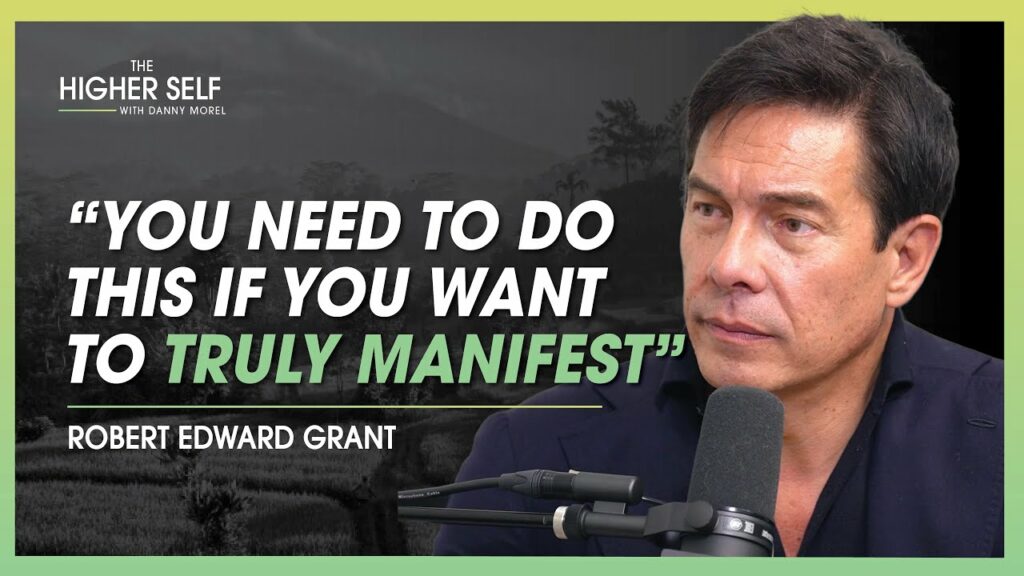
Unveiling the Higher Self with Danny Morel A Journey of Self-Discovery and Transformation Danny Morel’s The Higher Self Podcast has become a beacon for those seeking deeper understanding and connection with their true selves. Morel, a renowned transformational coach and speaker, has created a platform where spirituality, personal growth, and enlightenment are explored in profound […]
